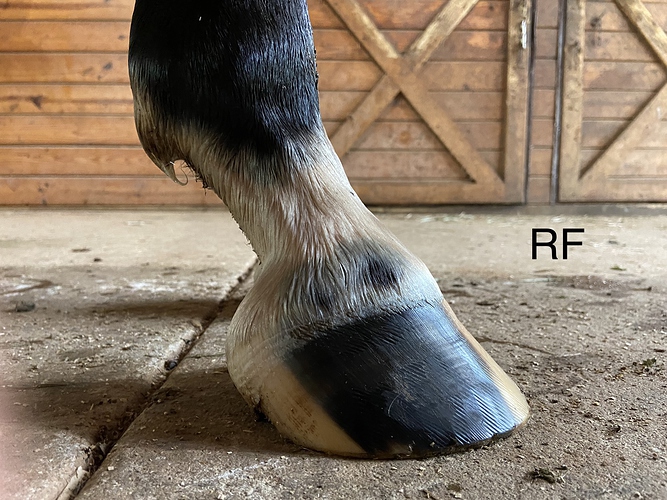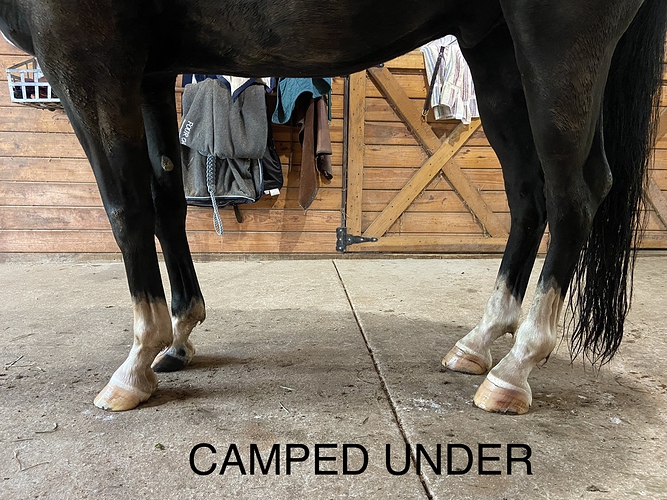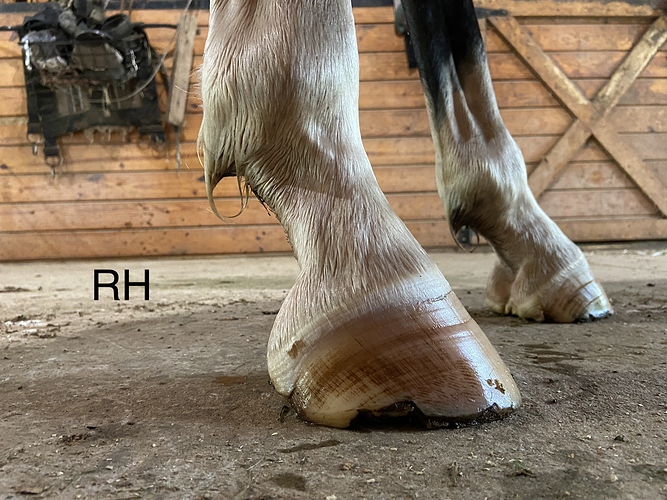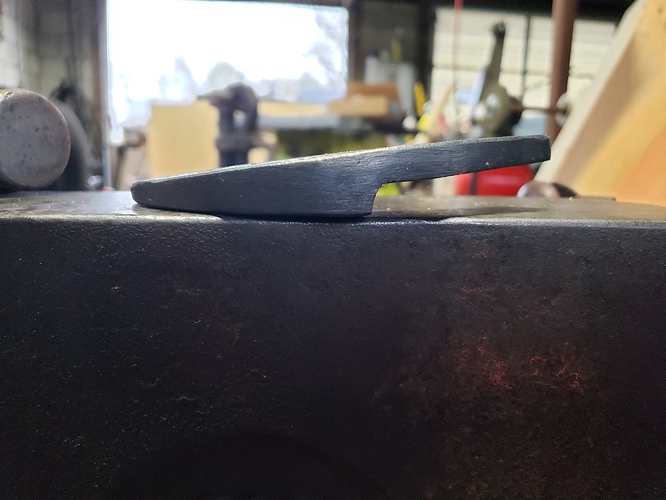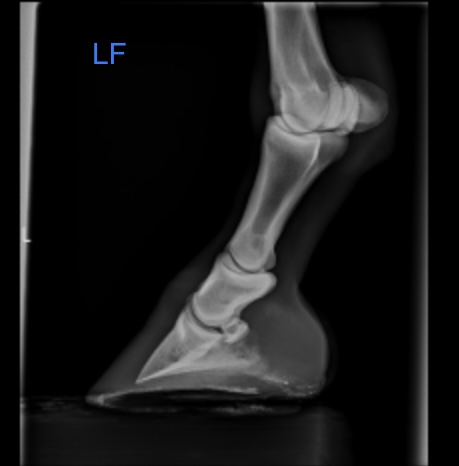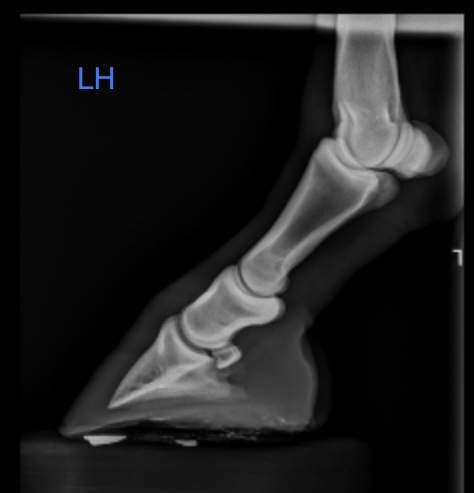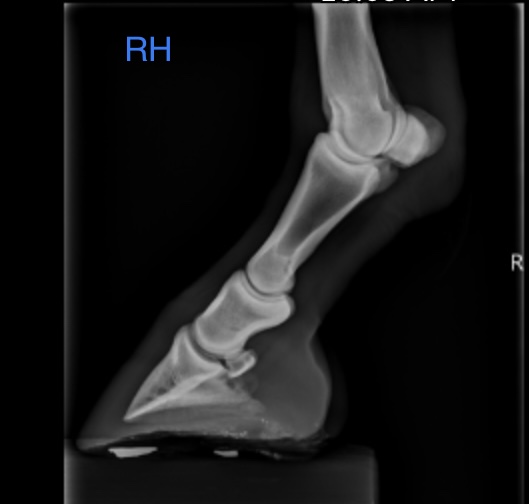I am not a vet - first order of business would be seeing what the rads show about that sole depth. If the sole depth is precariously thin, sometimes the only answer is elevating the feet off the ground to build sole depth. This can be done by shoes, glue ons, or boots.
I would imagine your horse is bilaterally lame with those feet, which can disguise a limp and would contribute to the horse not wanting to canter. The hinds concern me more than the fronts - the fronts are long and show chronic long toe, but that toe can be corrected over a few short cycle trims. It will take longer for the heel to start growing correctly instead of under.
The hinds show more pathologically unhealthy signs to my (amateur) eye that look like they will take more than a few cycles to straighten out. The curving of the coronet band/jamming will impact future growth, and the fever rings are more pronounced behind which is consistent with long-term sole discomfort AKA laminitic inflammation. That may be because of NPA, or it may be because of the total lack of support behind, but the grooves you’re seeing from the heel that undulate out are symptoms of a chronically unhealthy hoof.
When the coronet curve – or “hairline” – undulates like that, it is usually because of mechanical imbalances in the hoof. In this case, I think it is because the heel has run too far forward, leaving no heel purchase or support for the hoof. When people say “jammed up quarters” or “jammed hairline” they are referring to the visual line the coronet band (and new hoof growth) makes.
With these cases it is often darkest before dawn. These angles don’t transpire overnight. They are chronic, and the horse has adapted postural changes to alleviate the pain associated with these imbalances. Be aware on your journey to correction that your horse may have good days and bad. It takes a long time to untangle the musculoskeletal complaints seen with these cases - it is not just about fixing the feet. It is about unlearning the postural adaptations, and that takes time and pain.

